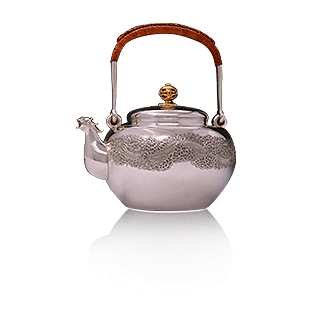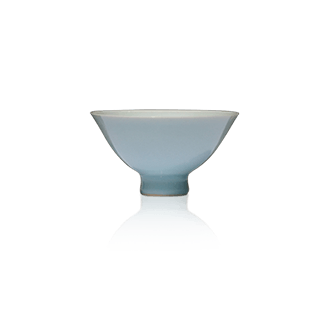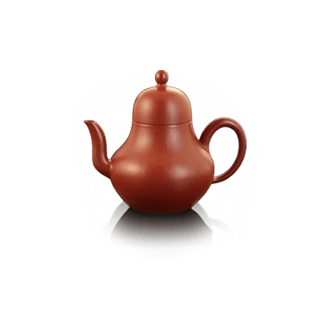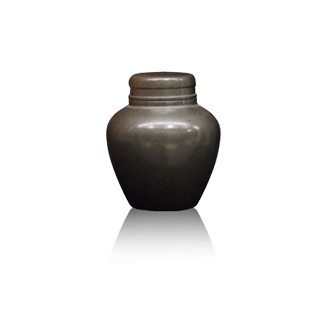


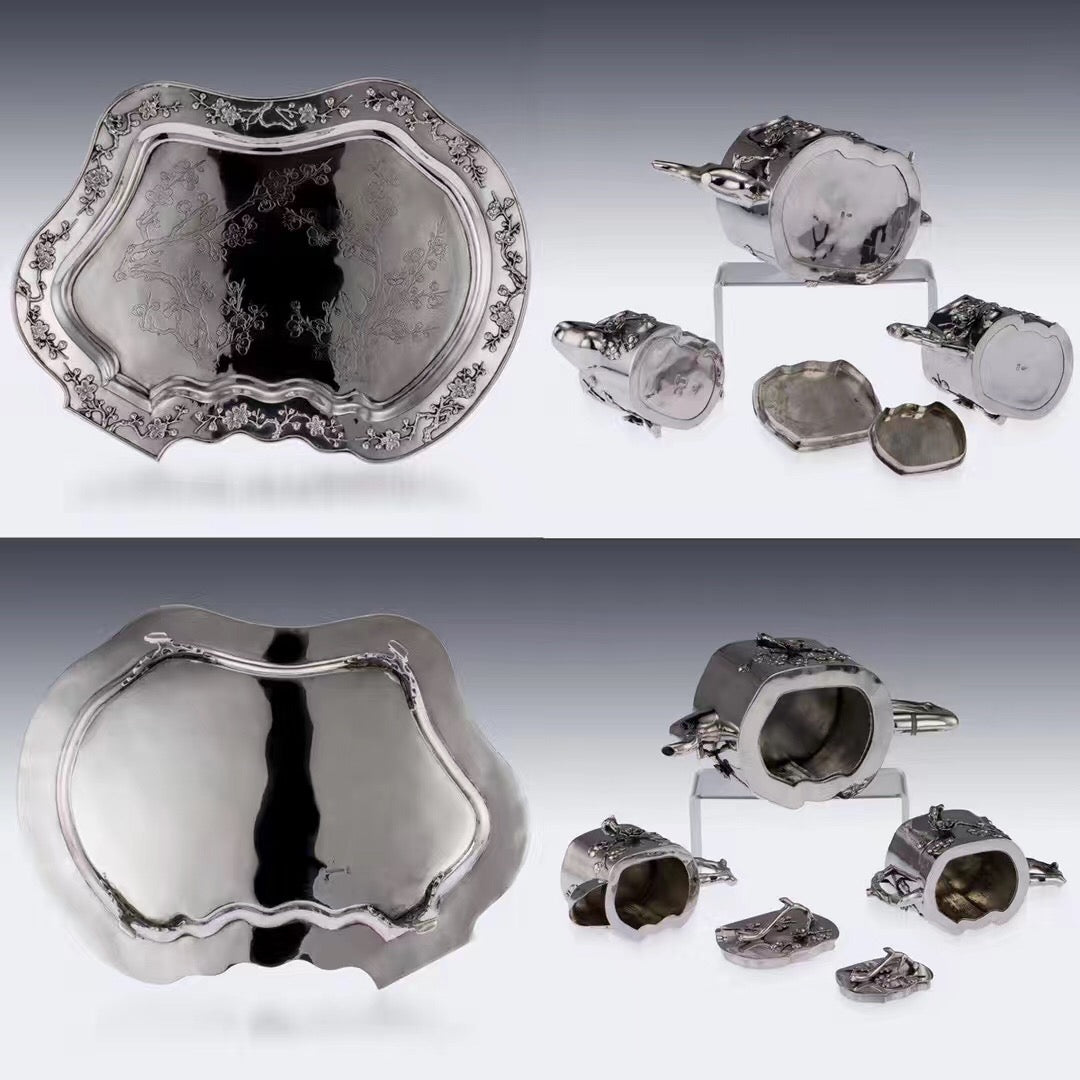




Kangxi Longevity Plum Blossom Stump Pure Silver Tea Set









Kangxi Longevity Plum Blossom Stump Pure Silver Tea Set
Kangxi Longevity Plum Blossom Stump Pure Silver Tea Set
Kangxi Longevity Plum Blossom Stump Pure Silver Tea Set
Chinese silverware that ended up in Britain
The entire tea set is shaped like a traditional Chinese plum tree stump. The teapot itself is an irregular, cylindrical plum tree stump with knots and scars arranged in a staggered and orderly fashion, some raised and some mottled. The plum blossoms are depicted in varying degrees of budding and full bloom, arranged with a pleasing balance of density and sparseness. The overall design is seamless, balanced, and full of vitality.
This four-piece pure silver tea set (including tray) from the ancient land of the East includes a teapot, a covered sugar bowl, a milk jug, and a plate. Overall, the set is robust and powerful, with harmonious proportions, a simple and unpretentious style, and a natural, profound, and classical charm, radiating the artistic allure of traditional China through silverware.
Manufacturer Takchon Company (active 1870-1920). One of the most renowned retail silversmiths in Shanghai at the time, often referred to as the "Wang Xing" of Shanghai. Like the Wang Xing Company in Guangdong and Hong Kong, Takchon also sold high-quality jewelry, silverware, jade, and ivory. Their items bore the Chinese export mark (900+ silver marks), and while establishing working relationships with Shanghai silversmiths, they also created a style distinct from that of Guangzhou and Hong Kong.
In ancient my country, where porcelain was a symbol of civilization, silverware was a niche item. Conversely, in ancient Europe and America, their nobility had a tradition of using elaborate silverware. This clear distinction in material civilization was broken down by the Qing Dynasty. Western objects flooded into China, and Western etiquette and customs began to spread. In port trading cities like Shanghai and Hong Kong, Western expatriates and the Chinese upper class used exquisite silverware, whether as gleaming tableware at banquets, or as vases, trophies, and other social gifts and souvenirs.
The ever-growing market demand inspired skilled silversmiths in my country to create stunning handcrafted silverware using traditional Chinese methods. The American silversmithing masterpiece, *Chinese Export Silverware*, assesses it as "the meticulous details and exquisite design of late Qing export silverware, representing the pinnacle of traditional Chinese silver art." Chinese silverware quickly found a larger market—the West. Initially, Chinese silverware production focused on simply imitating Western styles, even imitating fake London markings on the bottom. After 1885, the introduction of the telegraph, the replacement of sailing ships with steamships, and the registration of the Suez Canal led to a surge of Western tourists visiting my country. They were fascinated by Chinese antiques and traditional crafts, buying them to take home, resulting in a boom in the sales of various crafts with a strong "Chinese style." The rise of "Chinese style" also has a deeper underlying factor: after experiencing the cumbersome neoclassical style of the 18th century, European and American countries tended to incorporate the organic forms and curves of nature into their daily lives. This aligns perfectly with the "harmony with nature" sought in traditional Chinese aesthetics. Chinese silversmiths incorporated traditional motifs such as plum blossoms, orchids, bamboo, chrysanthemums, and magpies, as well as figures and landscapes from theatrical stories or traditional Chinese paintings, into Western silverware, achieving surprisingly unique and diverse effects. Later, even the shapes of Chinese export silverware gradually became more Chinese-style. The most distinctive example is teaware. Many silver teapots were designed with inspiration from the shape and style of Yixing clay teapots, incorporating the physical forms of animals and plants from nature into their shapes and decorations. Some even directly imitated the shape of Ming Dynasty Yixing clay teapots, such as pumpkin teapots and rhombus-shaped teapots.
In perfect condition
Dimensions: Teapot: Height: 11 cm, Width: 21 x 10 cm, Weight: 450 g; Sugar jar: Height: 8 cm, Width: 14 x 7 cm, Weight: 230 g; Butter jug: Height: 7 cm, Width: 13 x 7 cm, Weight: 170 g; Tray: Height: 4 cm, Width: 37 x 27 cm, Weight: 1165 g
Chinese silverware that ended up in Britain
The entire tea set is shaped like a traditional Chinese plum tree stump. The teapot itself is an irregular, cylindrical plum tree stump with knots and scars arranged in a staggered and orderly fashion, some raised and some mottled. The plum blossoms are depicted in varying degrees of budding and full bloom, arranged with a pleasing balance of density and sparseness. The overall design is seamless, balanced, and full of vitality.
This four-piece pure silver tea set (including tray) from the ancient land of the East includes a teapot, a covered sugar bowl, a milk jug, and a plate. Overall, the set is robust and powerful, with harmonious proportions, a simple and unpretentious style, and a natural, profound, and classical charm, radiating the artistic allure of traditional China through silverware.
Manufacturer Takchon Company (active 1870-1920). One of the most renowned retail silversmiths in Shanghai at the time, often referred to as the "Wang Xing" of Shanghai. Like the Wang Xing Company in Guangdong and Hong Kong, Takchon also sold high-quality jewelry, silverware, jade, and ivory. Their items bore the Chinese export mark (900+ silver marks), and while establishing working relationships with Shanghai silversmiths, they also created a style distinct from that of Guangzhou and Hong Kong.
In ancient my country, where porcelain was a symbol of civilization, silverware was a niche item. Conversely, in ancient Europe and America, their nobility had a tradition of using elaborate silverware. This clear distinction in material civilization was broken down by the Qing Dynasty. Western objects flooded into China, and Western etiquette and customs began to spread. In port trading cities like Shanghai and Hong Kong, Western expatriates and the Chinese upper class used exquisite silverware, whether as gleaming tableware at banquets, or as vases, trophies, and other social gifts and souvenirs.
The ever-growing market demand inspired skilled silversmiths in my country to create stunning handcrafted silverware using traditional Chinese methods. The American silversmithing masterpiece, *Chinese Export Silverware*, assesses it as "the meticulous details and exquisite design of late Qing export silverware, representing the pinnacle of traditional Chinese silver art." Chinese silverware quickly found a larger market—the West. Initially, Chinese silverware production focused on simply imitating Western styles, even imitating fake London markings on the bottom. After 1885, the introduction of the telegraph, the replacement of sailing ships with steamships, and the registration of the Suez Canal led to a surge of Western tourists visiting my country. They were fascinated by Chinese antiques and traditional crafts, buying them to take home, resulting in a boom in the sales of various crafts with a strong "Chinese style." The rise of "Chinese style" also has a deeper underlying factor: after experiencing the cumbersome neoclassical style of the 18th century, European and American countries tended to incorporate the organic forms and curves of nature into their daily lives. This aligns perfectly with the "harmony with nature" sought in traditional Chinese aesthetics. Chinese silversmiths incorporated traditional motifs such as plum blossoms, orchids, bamboo, chrysanthemums, and magpies, as well as figures and landscapes from theatrical stories or traditional Chinese paintings, into Western silverware, achieving surprisingly unique and diverse effects. Later, even the shapes of Chinese export silverware gradually became more Chinese-style. The most distinctive example is teaware. Many silver teapots were designed with inspiration from the shape and style of Yixing clay teapots, incorporating the physical forms of animals and plants from nature into their shapes and decorations. Some even directly imitated the shape of Ming Dynasty Yixing clay teapots, such as pumpkin teapots and rhombus-shaped teapots.
In perfect condition
Dimensions: Teapot: Height: 11 cm, Width: 21 x 10 cm, Weight: 450 g; Sugar jar: Height: 8 cm, Width: 14 x 7 cm, Weight: 230 g; Butter jug: Height: 7 cm, Width: 13 x 7 cm, Weight: 170 g; Tray: Height: 4 cm, Width: 37 x 27 cm, Weight: 1165 g








Frequently asked questions
Use the FAQ section to answer your customers' most frequent questions.
Order
Yes, we ship all over the world. Shipping costs will apply, and will be added at checkout. We run discounts and promotions all year, so stay tuned for exclusive deals.
It depends on where you are. Orders processed here will take 5-7 business days to arrive. Overseas deliveries can take anywhere from 7-16 days. Delivery details will be provided in your confirmation email.
You can contact us through our contact page! We will be happy to assist you.





